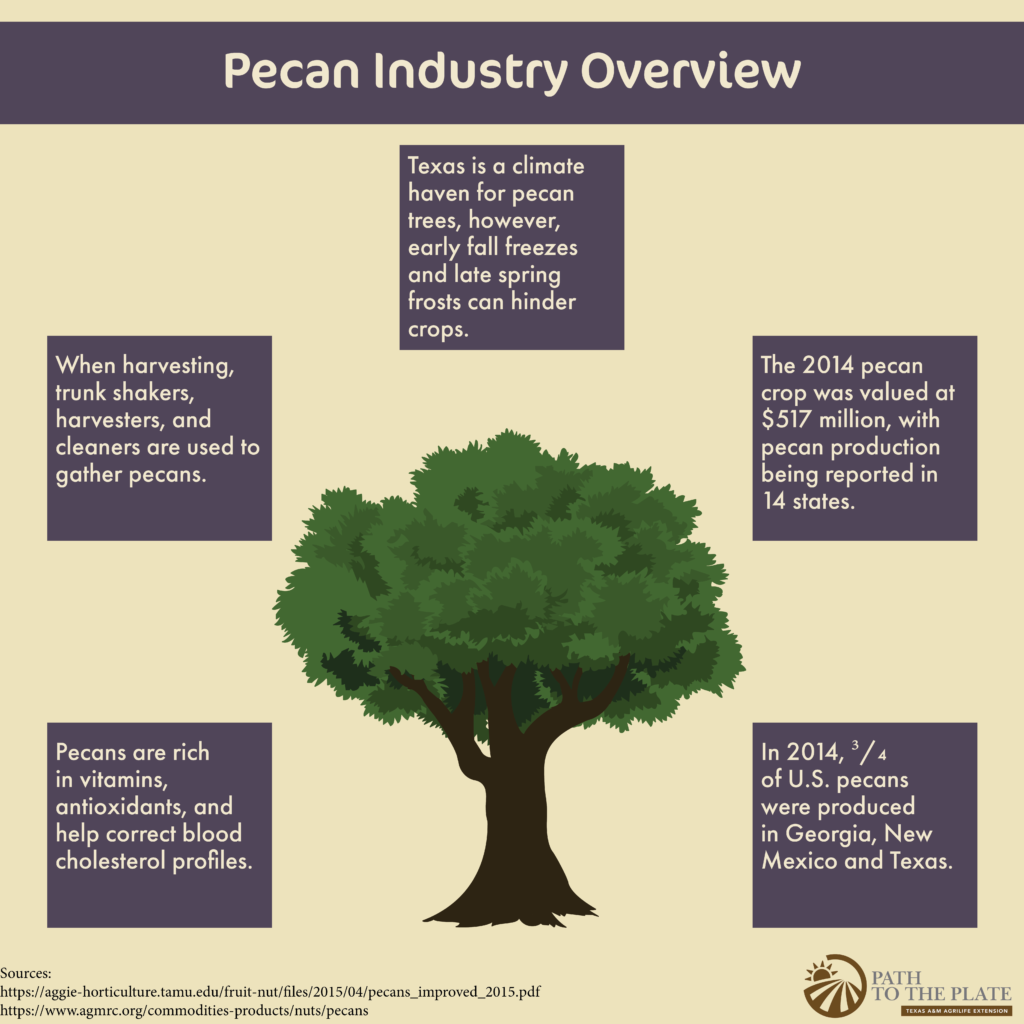Fall is here! Cool weather, pumpkin spice everything and one of our favorites… pecans!
Pecan production in the U.S. is limited to the south due to climate restraints. Only 14 states reported pecan production in 2014 but those states produced a crop worth $517 million. Georgia and New Mexico are the top two producing states, accounting for 143 million pounds of production.
Texas is known for its pecan industry as well, which is understandable since that is our state tree! In 2014, the Texas pecan industry produced 61 million pounds of pecans. The warm Texas climate makes it a haven for pecan trees, however early fall freezes and late spring frosts can hinder crops.
During harvesting, one method farmers use is trunk shakers, which literally shake the pecans out of the trees and onto the ground. Next, next harvesters come along and pick up the pecans, along with twigs, leaves and other trash. Before bagging, the crop is run through cleaners to separate the trash from the pecans.
The popularity of pecans has grown in the past few years, as consumers learn more about the health benefits associated with the nut. Pecans are rich in vitamins, contain high levels of antioxidants, and are also a good way to correct blood cholesterol profiles.
With pecans being eaten raw and candied as well as part of recipes, the pecan industry is a large and fascinating part of Texas!

For more information, visit:
https://aggie-horticulture.tamu.edu/fruit-nut/files/2015/04/pecans_improved_2015.pdf

